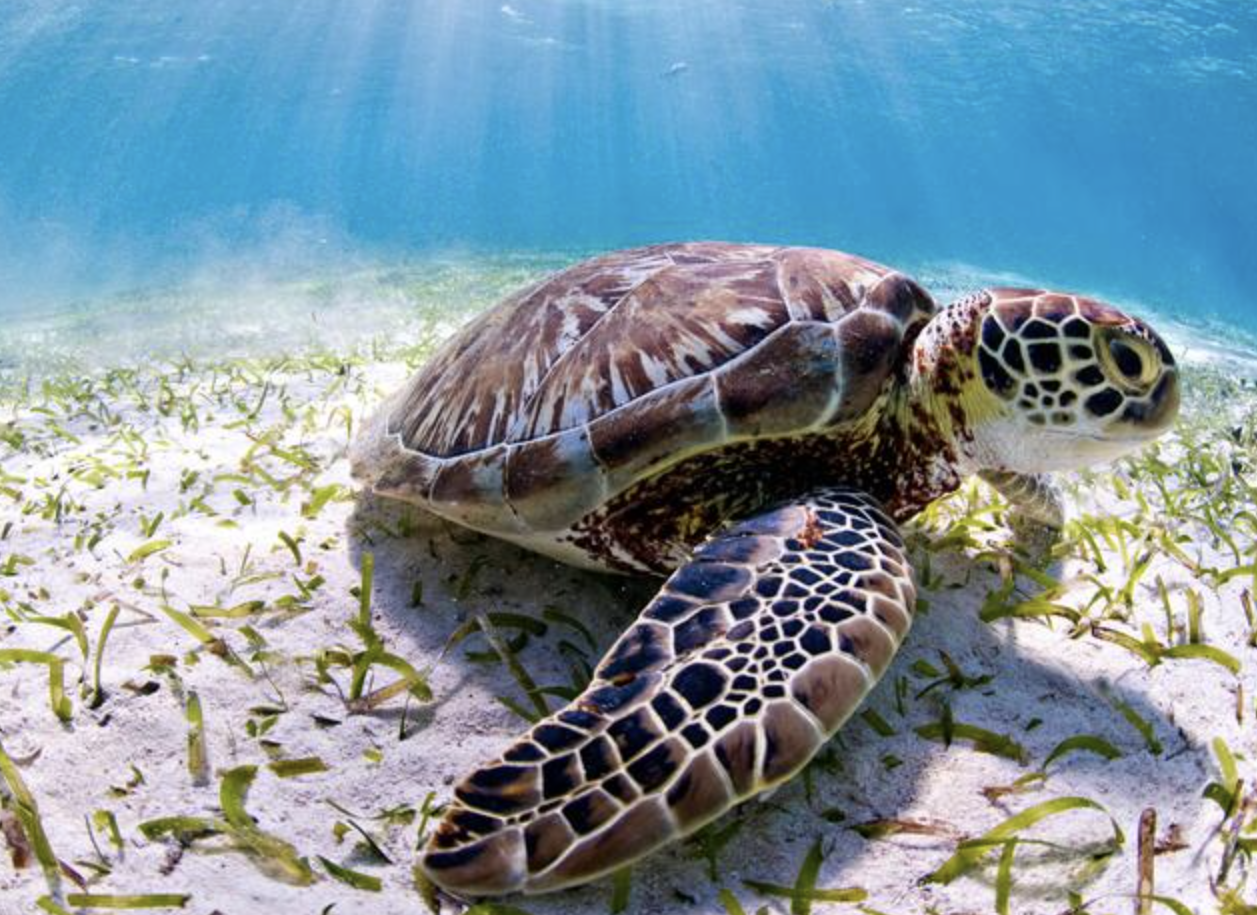Rants and Raves: Imagine You’re a Sea Turtle
In this week’s “Rants and Raves,” Managing Arts and Living Editor Alex Brandfonbrener ’23 raves about his love for sea turtles.


Imagine you’re a sea turtle.
Sea turtles lay their eggs in beaches during the night, and then leave. After 50 days (or so), the eggs are ready to hatch. 50 days after, the mother is long gone.
Most often, sea turtle eggs will hatch at night. But “Kemp’s ridley” sea turtles hatch during the day. This species is sometimes known as the “heartbreak turtle.”
So imagine you’re a Kemp’s ridley sea turtle, hatching during the day. There’s no Mother Turtle waiting above in the sand, only the expanse of the beach. And it’s daytime: there are birds everywhere, looking for small fish. Crabs also patrol the sand, looking for something small to eat.
The baby sea turtle emerges from the sand like a mummy. It is entering the world for the first time, blinking at the sun. As a comparison, I imagine a baby deer, born onto wobbly legs like Bambi. These turtles must make it to the ocean by dragging themselves along the sand with their flippers. It’s not even the way sea turtles normally move; they are built for swimming.
The turtles have to make it to the ocean, far and unknown. With each push of a flipper, they move one centimeter at a time. Those grains of sand are so much bigger to them, like pebbles on their scale. Slowly, slowly — slowly — the turtles approach the sea.
The thing I would be afraid of most is the crabs. A giant (on the turtle’s scale), scuttling, armored, clawed shellfish and the newborn Kemp’s ridleys: can you imagine it? I honestly can’t; it would be impossibly hard, easily traumatic.
Though on second thought, the birds would be scary too. A big gull could snatch a turtle in one go. And then the turtle would be left soaring through the air, jailed by a hungry mouth.
Sea turtles are often at risk of predation, which is why the Kemp’s ridley is one of the most endangered species of sea turtle. What it takes for the population to survive is as simple as making it to the sea. With each push of a flipper, they save themselves. And soon, only minutes after being born, each turtle hits the foamy spray of the waves. They are cradled by the tide, pushed underwater to the future, like flowers opening to the sky.
I wrote this after watching a nature documentary clip on Facebook. It’s a distant, colonialist sort of pleasure that I wish I hadn’t enjoyed. And I find that it makes up a lot of the media the American people consume and propagate across the globe: some horrible fear that’s too distant to imagine, that we force ourselves to endure regardless.
So I turn off my phone in these moments. It’s okay for the world to pass without being witnessed —
And the turtles grow and thrive, swimming for the first time, making circles and loops, finding rest at night, taking off towards unknown corners of the ocean. Most sea turtles never return to their birth shores. But sometimes, they make the trip back to that starting place, to a safe place where they then lay their own eggs.
Is there something that drives you absolutely crazy? Send us your own “Rants and Raves” pitch at astudent@amherst.edu.


Comments ()